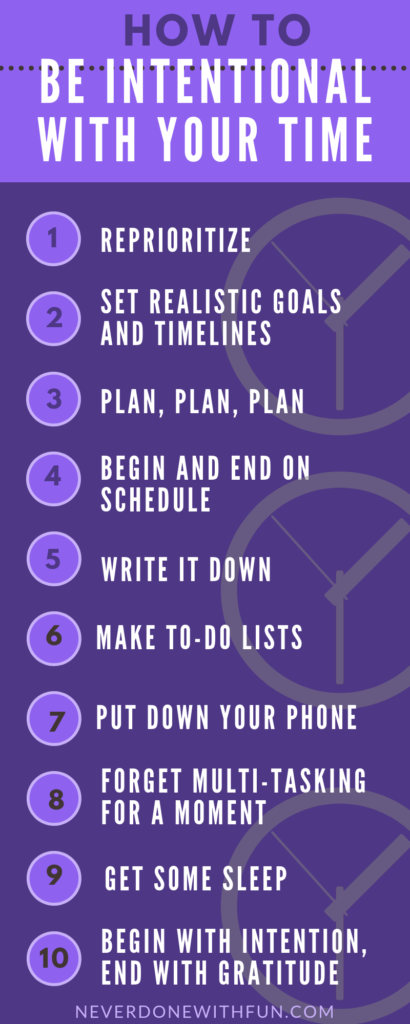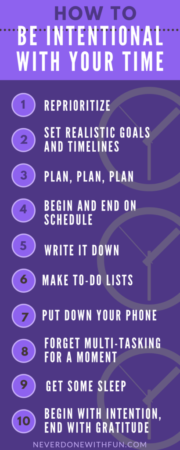 Time. There’s never enough of it. How many times have I lamented that I need more hours in the day to get it all done? There’s family, and work, and household chores, and errands, and … The list is endless.
Time. There’s never enough of it. How many times have I lamented that I need more hours in the day to get it all done? There’s family, and work, and household chores, and errands, and … The list is endless.
But truly, having more hours in the day wouldn’t solve the problem. I’d simply fill up those additional hours with new projects and tasks, and I still wouldn’t get any more sleep. Yes, there are so many days that I’m living on caffeine just to survive. Because if I want to even attempt to “get it all done”, sleep is what gets sacrificed.
As the holiday season is looming, it’s more important to me than ever to create a little mental space and freedom. I don’t want to rush through life. I don’t want to stress every minute of every day. I want to slow down, take deep breaths, and enjoy the moments.
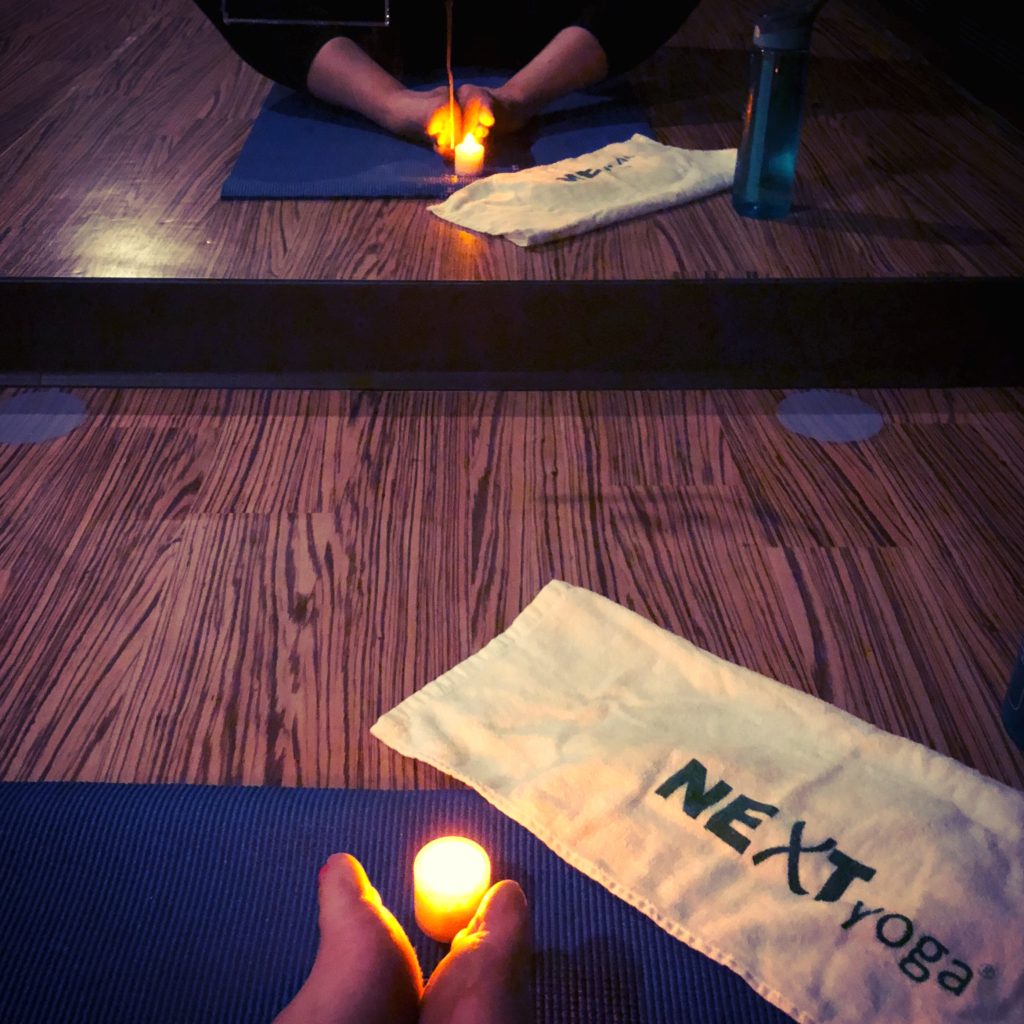
Here’s how I’m practicing being intentional with my time this holiday season and into 2019. It’s never too early to start thinking about New Year’s resolutions, and being present is one of mine.
This post contains affiliate links. As an Amazon Associate, I earn from qualifying purchases. Read my full disclosure policy for all the boring details.
Create Mental Space This Holiday Season By Being Intentional With Your Time
Ten things you can start right now to prioritize and strategize for more mental space and energy:
1. Reprioritize. This is the most important, but also the most difficult, step in being intentional with your time. You first need to figure out what matters most to you. To start, I made a list of all my main priorities:
- Family
- Full-time job
- Freelance work
- Friends/social activities
- Fitness
- Food/cooking/meal prep
- “Fun work”/hobbies (blogging)

Then I did some soul-searching to see how my priorities fall. Family comes first, and then alas, my full-time job. I don’t want work to be second on my priorities list but I have to be realistic: There are bills to be paid and finances are key to keeping our household stable. For this same reason, freelance work has to be ranked higher than blogging.
For me, fitness is my third priority. If I don’t work out, I don’t feel well and I don’t get things done. Period. So when it comes to figuring out a weekly schedule, I prioritize workouts over blogging time, social activities and food.
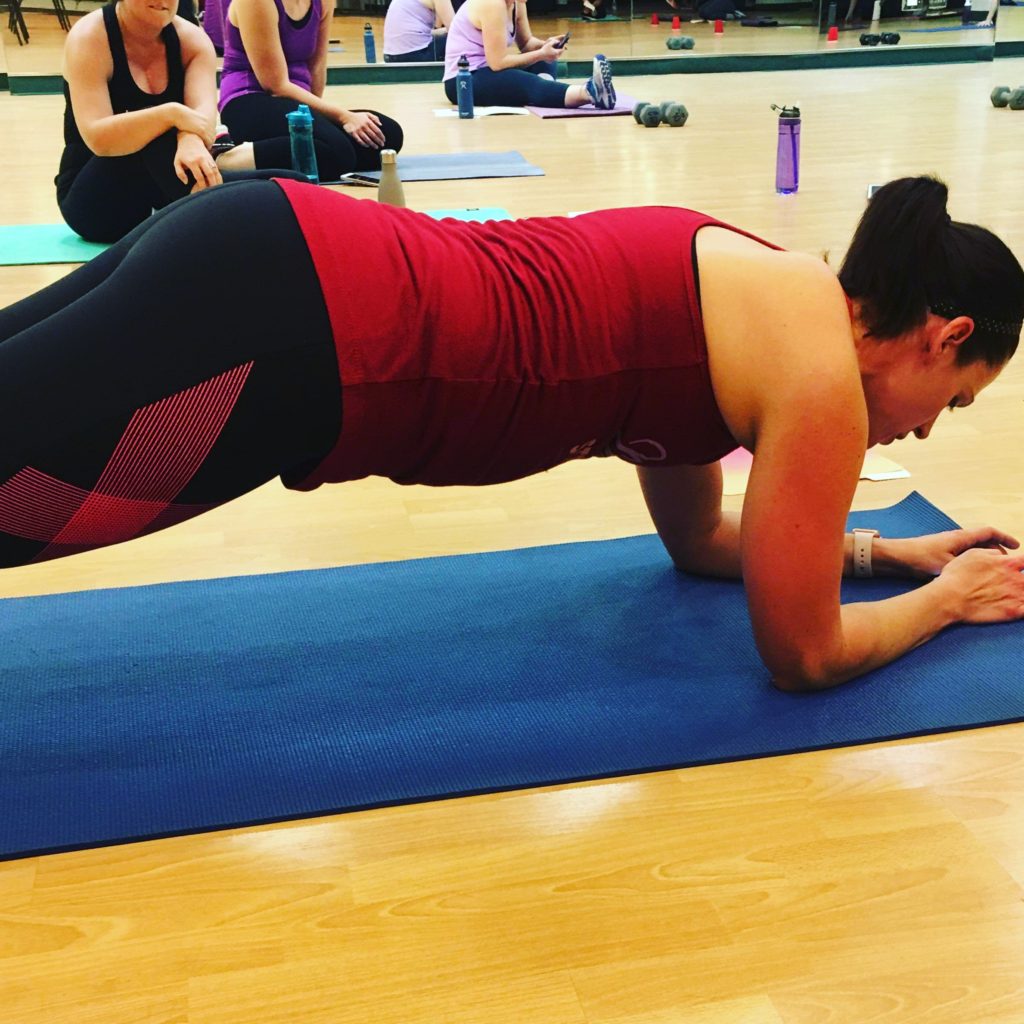
Here’s how my final list of priorities shakes out (I think):
- Family
- Full-time job
- Fitness
- Friends/social activities
- Freelance work
- “Fun work”/blogging
- Food/cooking/meal prep
Honestly, priorities #4, 5 and 6 shift on a weekly basis depending on what else is going on in life. But it’s important to recognize this and stay fluid. It’s also interesting to note that food and meal prep is my lowest priority on the list. This explains why I’ve struggled over the past 6 months with really clean eating. As I do more and juggle more, I have less time for the intensive meal prepping on weekends.
2. Set realistic goals and timelines. Emphasis on realistic. When I sit down for a goal-setting session, I have a tendency to go overboard. Two or three goals in a month is realistic; eight or ten goals is not. Being realistic with what you intend to take on helps to ensure you’ll reach these goals. Stretching yourself too thin with too many goals is exactly the opposite of being intentional.

Instead, focus on just a few end results, and make sure they are SMART (specific, measurable, achievable, realistic, and timely). I learned this strategy from FIT4MOM Body Back and have carried it into every aspect of my life. If a goal isn’t a SMART goal, you aren’t going to be able to achieve it, period, because you won’t know how or when. Make a commitment to writing goals according to this outline to see real results.
Similarly, focus on realistic timelines. It’s not realistic to lose 20 pounds in one month, but it is realistic to lose 1-2 pounds per week. Setting measured, reasonable timelines make it more likely that you will hit these goals on track instead of becoming overwhelmed, discouraged, or lost in the weeds.
3. Plan, plan, plan. Now you’ve got your goals in mind and you’ve set some tentative timelines. Here’s where the action comes in: Take time to plan out exactly what steps you will take, how, and when. Micro-goals make this process easier. Have a calendar or day planner at the ready as you plan. I live and die by my Erin Condren Lifeplanner. I use it for scheduling, goal setting, to-do lists, and everything else tangentially related to productivity and managing our family’s busy life. It’s helpful to have all of this in one central location to stay organized.
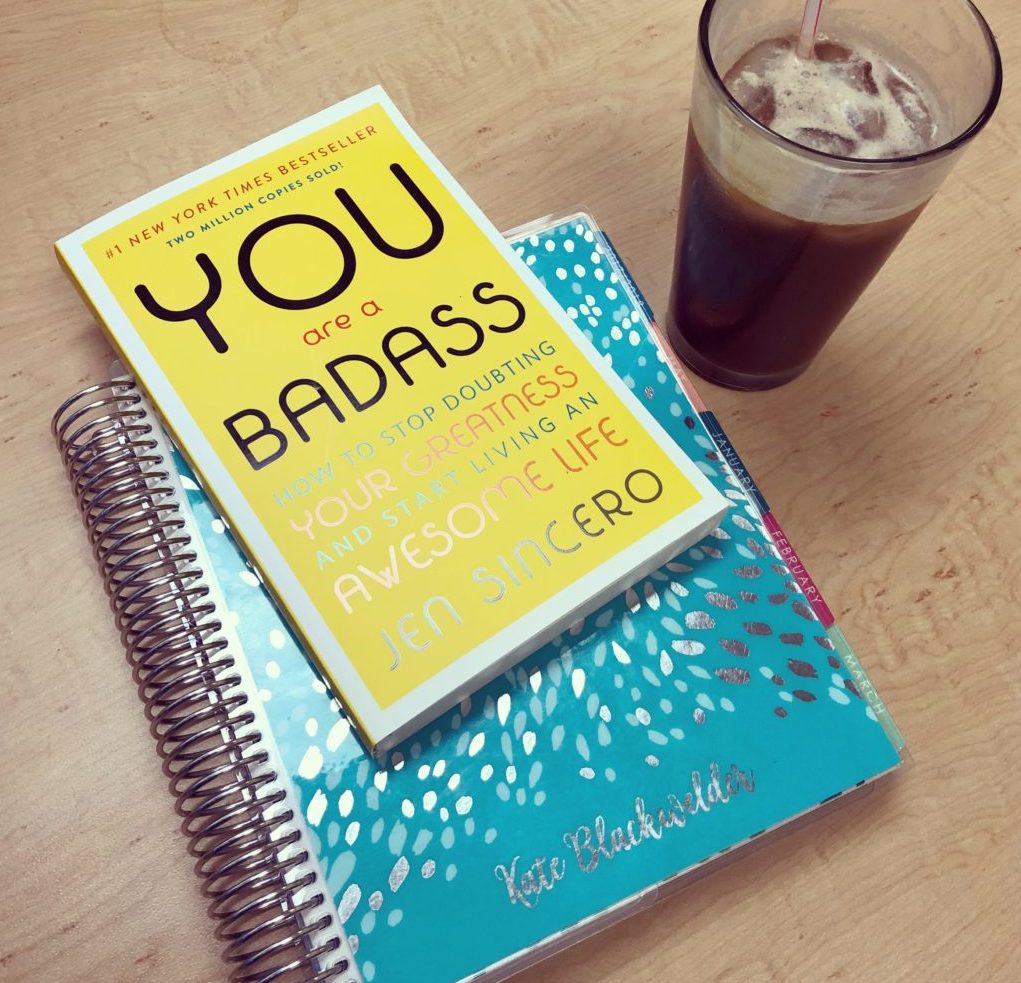
I always plan day by day, but I often plan hour by hour as well, especially when I have a lot going on. Seeing the breakdown of what I’m expecting to do at what time for a day or a weekend makes me feel more in control.
4. Schedule your time in blocks and begin and end on time. As you plan, schedule your time in discrete blocks: An hour to work out. The two hours during naptime to prep meals for the week. Thirty minutes after work to pick up groceries. Twenty minutes after dinner to catch up on social media. You don’t want to get so crazy with the scheduling that your calendar is literally blocked off all day every day, but deciding on appropriate finite time spans for each task helps to ensure you are maximizing the time you have.
Just as importantly, try to stay on schedule, particularly with ending your activity. Scope creep and overruns are common in business, which lead to over-budget projects. Think of your time in the same way. It’s easy to get lost in a task, but time is money, in a sense. Don’t short-change yourself (or your sleep) by burning the midnight oil because you just want to finish one more thing.

5. Write it all down. Preferably on paper. Putting pen to paper solidifies your intentions and makes them tangible. It also makes them harder to break when you have it in (literal) black and white in front of you. You can cross out, rewrite, erase, and generally make the process messy, but working through it on paper can help you see your goals and plans from a different perspective.
6. Make honest To-Do lists. I love a good to-do list. I feel calmer just making the bullet points. But sometimes I’m guilty of padding that list just so I have more to check off. I’m fooling only myself: The number of key tasks accomplished stays the same; I just have a list that appears more productive so I can pat myself on the back.

When you write your to-do list, focus with laser intensity on exactly what needs to get done within a defined amount of time. Start a list for each day, or each weekend. Make an effort not to keep moving items from one list to the next; if you aren’t ever accomplishing something on your list, there’s a reason for it. You don’t prioritize that task. In that case, look at how you can reframe it or let it go and move on.
7. Put down your phone. I cringe even typing this because this.is.my.struggle. I hate to put my phone down. I feel disconnected and less productive. But in fact, taking a step away from mobile devices and social media gives me back literally hours of time. Instagram recently started tracking usage within the app, and the newest iOS system does the same for a variety of activities. There’s something very sobering about seeing the statistic of 1 hour, 11 minutes on Instagram alone in a single day. Then there’s Facebook and Pinterest and email and random web surfing. If you truly want to be intentional with your time, doing it with your phone or tablet in hand isn’t going to cut it.
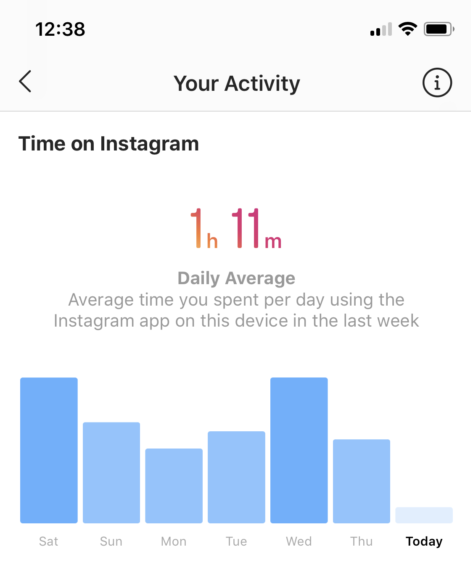
8. Focus on one task at a time (i.e., forget multitasking for a minute). You’ve taken the first step by putting your phone down. Now be present in the moment. That’s right. I’m telling you NOT to multitask. I’m telling you to focus on one thing at a time and give it 100% of your attention. Playing a board game with your kids? Put your phone in the other room. Turn off the TV. Don’t put the game on hold to throw in a load of laundry or start dinner. Be there, be present, have fun, and enjoy it. Then move to the next task when the first one is complete.

That’s not to say there isn’t a definite time and place for multitasking. Just reserve your multitasking skills for occasional use, on less vitally important tasks. Make it the exception, not the rule.
9. Make sleep a reality instead of a pipe dream. Do you get 8 hours of sleep, ever? Do you even get 6? As a mom, I am my most productive at night whenever everyone else is asleep. It’s my time to just rock it out and get it done. But so many mornings, when my toddler crawls into bed with me at 5:30 am, those hours late at night seem like the problem, not the solutions.

Aim to find balance. Example: I blog in the evenings after the kids are in bed. I start somewhere between 8 and 9:30 pm, depending on my workout schedule. Recently I’ve set a new deadline of 11 PM firm to finish. Wherever I am at at 11 PM is where the project will stay until the next day. Ideally, I try to shut my computer down by 10:30 PM and then allow myself up to 30 more minutes to wind down on social media. But lights out at 11 PM no matter what. This new strategy means that sometimes blog posts are farther between than is ideal or I miss an occasional day on Instagram – but it also means I’m getting more sleep. My entire household is benefiting.
10. Begin your day with intention and end your day with gratitude. Here’s two little daily practices that have impacted my overall happiness so much. The first thing I do when I wake up (whenever I remember, because hey, I’m human too), is set one single intention for the day. It doesn’t have to be profound. I just focus on one word or one thought that I want to manifest during the day. It sets the tone for everything that is to come.

Then, before going to bed, I take 5 minutes to reflect on the day and what I am grateful for. There is always, always, always something. Say your gratitudes out loud or write them down. I use the Gratitude 365 app to make note of mine, and I try to list 3 things each night. Some days that’s harder than others, but in any given day, even the worst of them, I know I can come up with 3 little things to be grateful for.

You’ve probably heard it said before: Gratitude is a muscle, and so is intentionality. As you practice both, they will become easier. And like me, I hope you’ll notice one day that you’re a little more positive, a little more peaceful, and a little more productive than you used to be.

On that note, it’s 10:24 PM and I’m winding down for the night. My cozy bed is calling my name and I still have gratitudes to log.
Let’s inspire one another: Leave a comment below with your most effective strategy for being intentional with your time, or share with me on social media with #NeverDoneWithFun.

